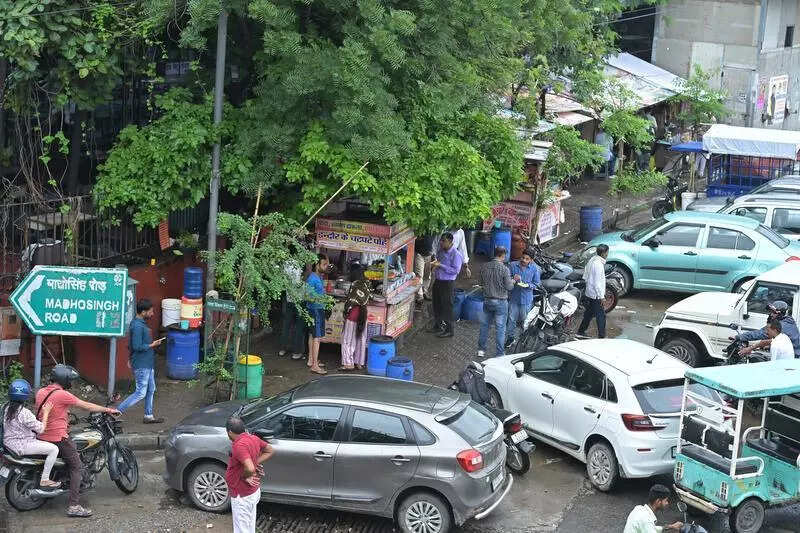Jaipur: Following a Supreme Court verdict delivered on May 14, the Directorate of Urban Bodies released on July 28 a 14-point directive to all urban local bodies (ULBs) of the state to ensure the safe movement of pedestrians on city pavements. Officials said that although there were restrictions and guidelines on pavements mentioned in several acts and notifications of the state govt, this is the first time that the ULB issued a notification specifically on pavements, giving directives to make the footpaths encroachment-free and disabled-friendly.“The directive specified the width of pavements separately for residential areas and for commercial areas with a high volume of traffic. The width of the pavements is important as the directives also mention that all pavements across the state shall be divided into three zones,” said an official from local self govt (LSG) department.According to the notification, the minimum width of pavements in residential areas would be 1.5 metre, while in commercial and high traffic areas, it must be 2.5 to 3.0 metre in breadth. The pavements shall be divided into four structural zones – frontage zone, pedestrian zone, furniture zone, and curb zone to ensure uninterrupted movement of pedestrians.“While the frontage zone is the limited activity area of the adjacent shops and buildings, the pedestrian zone is the main walkable area. The furniture zone shall be demarcated for street furniture, like trees, transformers, and dustbins. Finally, the curb zone would be the safety zone with underground drainage infrastructure, segregating the pavements from the adjacent roads,” a senior LSG official said.The directives are applicable to the present infrastructure and are also mandatory for new residential or commercial colonies and for any new projects that civic bodies want to implement within the existing infrastructure. The directives mandate including these impositions even when the civic bodies are preparing a detailed project report (DPR).“In simple words, the notification ensures that no ULB can run away without making the pavements pedestrian and diviyang friendly. The notification ensures that civic bodies shall remove all structures from the pavements, most of which were installed by the govt agencies, and first increase the breadth of these pavements. Now the implementation of such mandates is important,” an official added.
New directives mandate encroachment-free, disabled-friendly pavements across the state | Jaipur News





